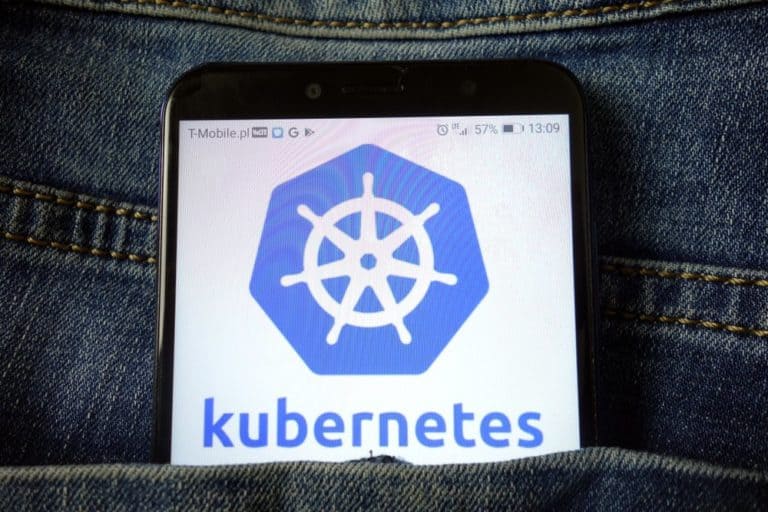MinIO, an object-based storage platform provider, announced on Wednesday that it added an open-source Operator tool to make it easy for IT admins to deploy its platform on Kubernetes clusters. In addition to that, the company added a MinIO console based on the MinIO Operator Custom Resource Definition APIs.
The console can surface a Graphical User Interface (GUI) that makes object storage in a multi-tenant Kubernetes environment accessible to IT admins who are undertaking the task.
MinIO also included a SUBNET Health multipoint inspection tool that automates the root cause analysis of Kubernetes infrastructure.
Making things simpler
The SUBNET tool conducts analysis that includes all the drives, OSes, containers, underlying networks, CPUs, MinIO software components, and CPUs.
MinIO CEO, Anand Babu Periasamy says that one of the things that held back the adoption of stateful application deployments was the lack of a practical tool that makes it easy for admins to deploy and manage software-defined storage for developers.
Theoretically, developers could deploy object storage systems themselves. However, Periasamy said that as a practical matter, developers still like to have an internal IT team manage storage because it is not part of the developers’ primary skills.
What lies ahead?
IT admins have been reluctant to take on the task because they do not know enough to make working with low-level Kubernetes APIs easy. Graphical tools, like Operators and the MinIO console, remove the need for IT admins to learn how to program before they can manage storage.
The MinIO Operator supports all the major Kubernetes distributions, including SUSE Rancher, Red Had OpenShift, HPE Ezmeral, VMware vSphere 7.0 u1, and stock upstream, in addition to AWS-provided Kubernetes services, Google and Microsoft.
It is clear now that the amount of data being accessed will exponentially increase.
